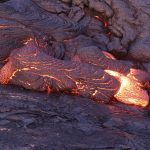As a bird enthusiast, you’ll surely love Hawaii for its lush landscapes and vibrant biodiversity. There are so many different kinds of birds on the islands, and each one has its own name that comes from the Hawaiian language. However, pronouncing these names can be challenging for newcomers and even seasoned birdwatchers.
In this article, we’ll set out to explore the fascinating world of some Hawaiian bird names and discover more about them.
13 Hawaii bird names and how to pronounce them
1. ‘Auku’u
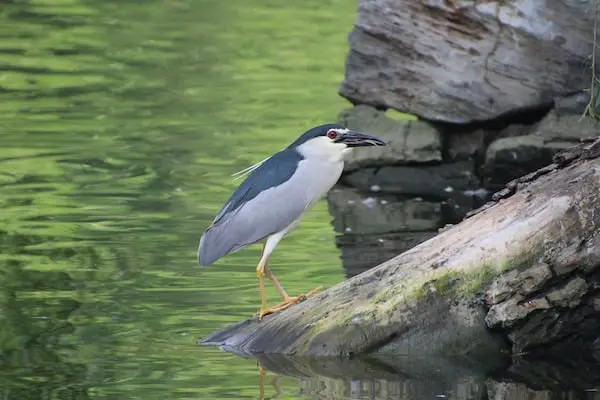
- Scientific Name: Nycticorax nycticorax hoactli
- Pronounced: “Ah-oo-koo-oo”
- In English: Black-crowned Night-Heron
The stately ʻaukuʻu (black-crowned night heron) is a bird you can find in Hawaii that actively hunts for shellfish, fish, frogs, mice, insects, and even other birds near ponds, streams, marshes, and shorelines. It’s about 2 feet tall and has a gray body, black bill, head, and back, and yellow legs and feet.
You may also see them growing long white feathers on top of their heads during the breeding season. You’ll often see them standing still like statues, waiting to attack their prey, or flying gracefully overhead into the darkness at dawn and dusk.
2. Kioea
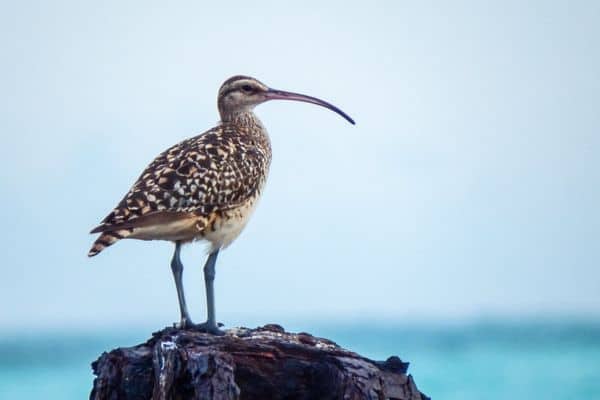
- Scientific Name: Numenius tahitiensis
- Pronounced: “kye-oh-ee-uh”
- In English: Bristle-thighed Curlew
During their wintering period, the kioea or bristle-thighed curlew can be found in small numbers on various tropical Pacific islands. In 1949, people discovered their breeding grounds near the mouth of the Yukon River in Alaska, and there are currently less than 10,000 of them remaining in Hawaii throughout the year. Kioea birds in Hawaiʻi can’t fly during winter molt, making them easy targets for predators and human disturbances.
3. Koloa maoli
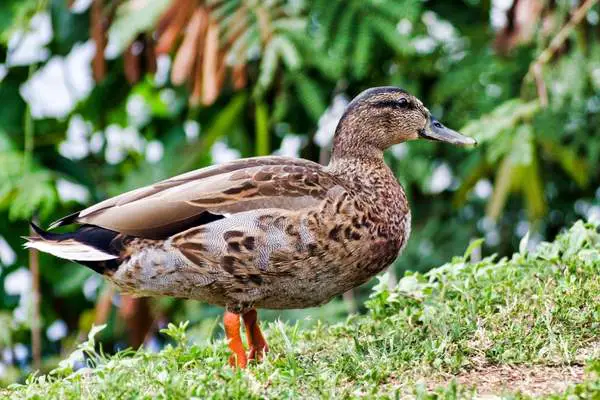
- Scientific Name: Anas wyvilliana
- Pronounced: “ko-loh-uh may-oh-lee”
- In English: Hawaiian Duck
The koloa maoli, also called the Hawaiian duck, only lives on the big islands of Hawaiʻi. This bird resembles a female mallard but is much smaller, and they have brown feathers with green to blue feathers on their wings.
These cautious birds live near the Kohala volcano in wetland grasses and streams, and pairs engage in nuptial flights. Females lay two to ten eggs during the breeding season, which takes place from December to May.
4. ‘Akekeke
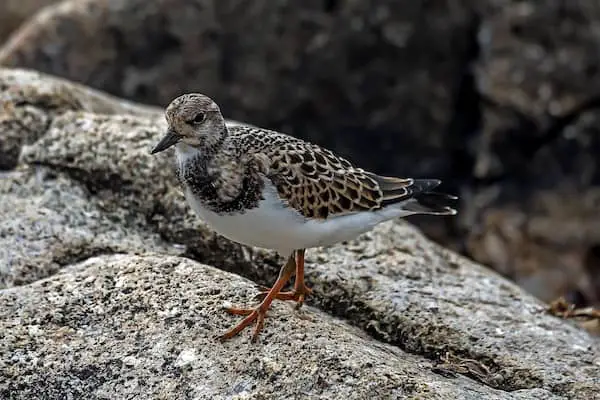
- Scientific Name: Arenaria interpres
- Pronounced: “ah-kee-kee-keh”
- In English: Ruddy Turnstone
The ʻakekeke, or ruddy turnstone, is a small shorebird that you may know for its calico coloring. With a length of 9 inches, it has brown plumage, white bellies, and black markings on the head and chest.
It also has a small black bill and orange legs. You can watch them migrate from tropical coastlines to the Arctic Circle to breed, and the bird visits Hawai’i during winter from August to May, making distinct calls that sound like “a-ke-ke-ke.”
5. ‘Ua’u kani
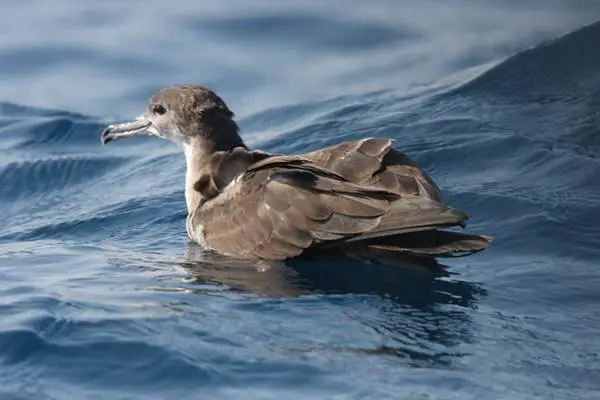
- Scientific Name: Puffinus pacificus
- Pronounced: “oo-uh’oo ka’-nee”
- In English: Wedge-tailed Shearwater
The wedge-tailed shearwater, also known as ʻuaʻu kani, is a common and large seabird that lives throughout Hawaii. They come to breed in March and stay until September, but human activities like having pets have harmed their breeding colonies on the Big Island.
The Hawaiian name of the wedge-tailed shearwater means “calling or moaning petrel” because of its distinct wails and moans. The animal mates for life, lays one egg each season, and both parents care for the offspring.
6. ‘Ewa’ewa

- Scientific Name: Chlidonias niger
- Pronounced: “eh’-wah-eh’-wah”
- In English: Black Tern
The black tern, known for its small size and dark plumage, is called ‘Ewa’ewa in Hawaiian. The call of the black tern is a high-pitched “kik,” and huge flocks of these birds can be fairly loud.
In tropical areas of both hemispheres, this tern is widespread and gregarious. You can see them breed all throughout the Northwestern Hawaiian Islands and on Moku Manu off the coast of Oahu, but outside of Hawai’i, they can be found on islands all over the tropical oceans of the world.
7. ‘A
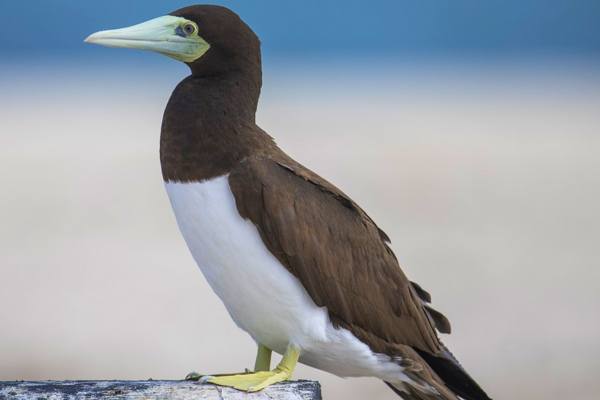
- Scientific Name: Sula leucogaster plotus
- Pronounced: “ah”
- In English: Brown Booby
The brown booby, also known as the ‘A in Hawaii, is a large seabird found in tropical regions of both hemispheres. Their general color is dark brown with a striking white belly and underwings, and they have long, pointed wings, and a short, wedge-shaped tail.
In Hawaii, they eat flying fish, squid, and other species. They mate and reproduce in the Northwestern Hawaiian Islands and offshore islets, and the biggest groups can be found on Kaʻula Rock, Lehua Islet, and Nihoa Island.
8. ‘Io
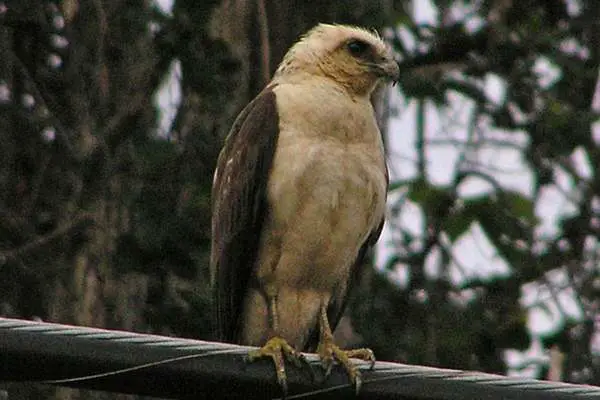
- Scientific Name: Buteo solitarius
- Pronounced: “ee-oh”
- In English: Hawaiian Hawk
The ‘io, which is a Hawaiian hawk, is the only broad-winged hawk found in Hawai’i. If you’re from Hawaii, you probably already know that this bird is revered as a sacred animal and is regarded as a royal symbol. There are two color variants for ‘io, light and dark, and females are larger and weigh around 25% more than males.
Female Io birds build their nests in native ‘ōhi’a trees and incubate the eggs, while males provide food. They breed only on the Big Island now, but they used to live on other islands.
9. Koloa moha
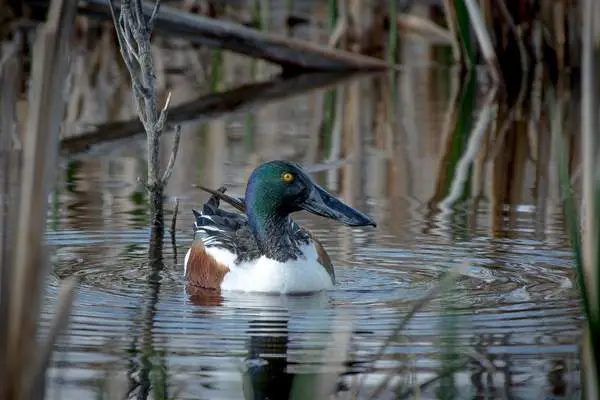
- Scientific Name: Spatula clypeata
- Pronounced:“koh-loh-ah moh-hah”
- In English: Northern Shoveler
The northern shoveler, also known as koloa mōhā, is a type of duck that moves back and forth between North America and Hawai’i. You can observe them coming to Hawai’i in September and October and going to Alaska in March or April. These ducks use their large, flat bills to filter aquatic invertebrates but also eat seeds and gastropods.
Breeding males have dark green heads, white throats, and brown bellies, whereas breeding females have brownish-orange bill mottling. They form long-lasting pair bonds and are less social than other dabbling ducks.
10. Ulili

- Scientific Name: Heteroscelus incanus
- Pronounced:“oo-lee-lee”
- In English: Wandering Tattler
The ‘ūlili, or wandering tattler, is a bird that winters in the Hawaiian Islands, with adults arriving from July to August and juveniles from September to November. In winter, they mostly eat invertebrates like marine worms, insects, mollusks, crustaceans, and small fish.
They search for food in places, such as coral reefs, mountain streams, wetlands, fish ponds, and human-modified areas. Ūlili lives in different coastal habitats across the Pacific, such as coral reefs and basalt platforms.
11. Hunakai
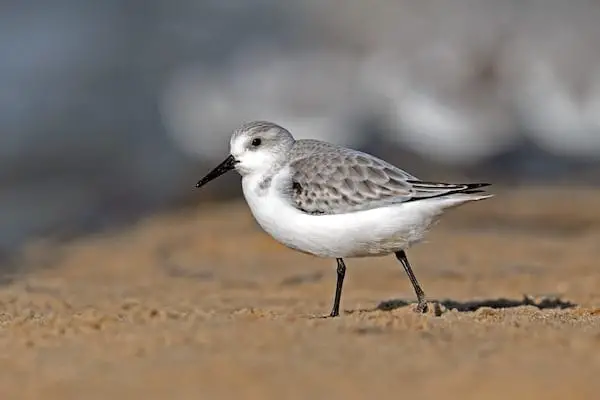
- Scientific Name: Calidris alba
- Pronounced: “hoo’-nuh-kah’ee”
- In English: Sanderling
The hunakai, or sanderling, is a small sandpiper bird known for its foraging behavior at the edge of the surf zone. You can recognize them by their plump body, white heads, pale-gray back, and black bills, legs, and feet. Hunakai spends the winter in the Hawaiian Islands, arriving in October and departing in June for their breeding sites in the Arctic Circle.
During the breeding season, they eat insects, and in winter, they eat different types of invertebrates. They’re common in Hawai’i, and you can see them, particularly on sandy beaches and intertidal zones.
12. ‘Alae ke’oke’o
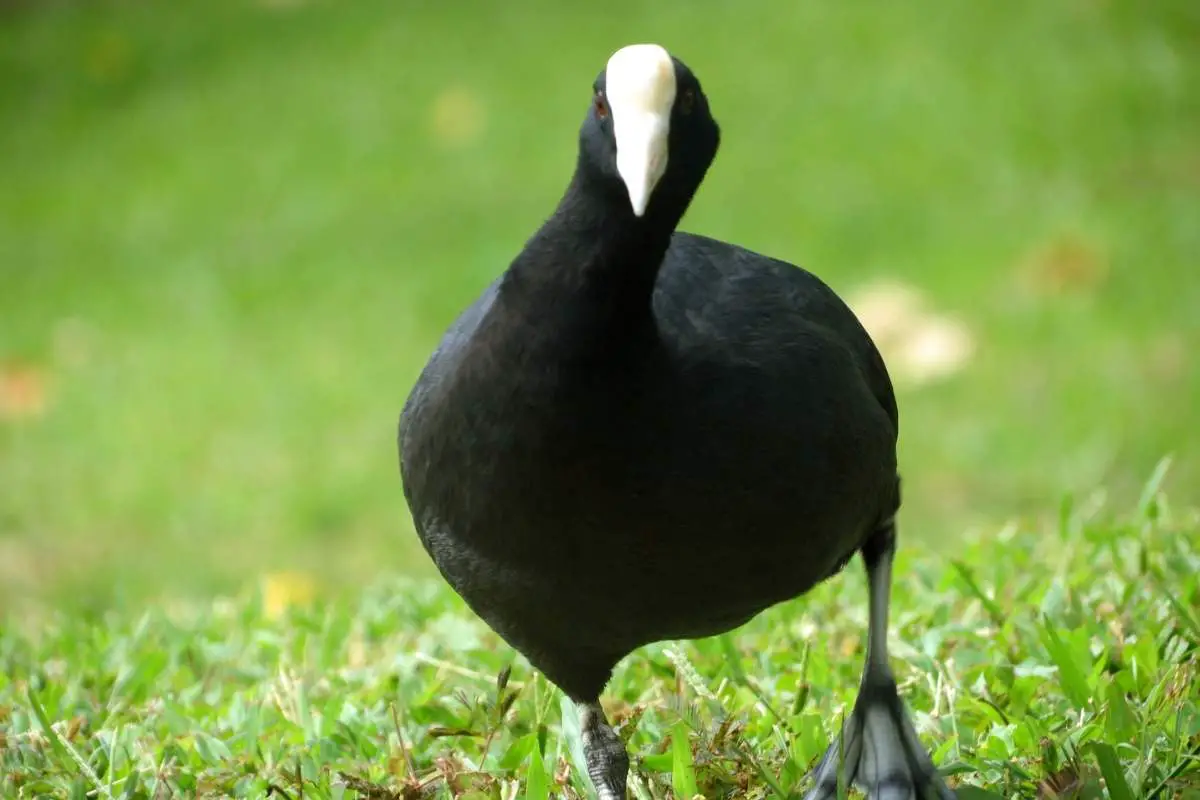
- Scientific Name: Fulica alai
- Pronounced:“ah-lah-eh keh-oh-keh-oh”
- In English: Hawaiian Coot
The Hawaiian coot, also called ‘alae ke’oke’o, is a small waterbird found only in Hawaii. It has a black head, slate gray body with white feathers under its tail, and a noticeable white shield and bill on its forehead.
The species is adaptable and uses both freshwater and brackish wetlands, including taro fields and aquaculture ponds, as habitats. The majority of the ‘alae ke’oke’o population lives on Kaua’i, O’ahu, and Maui, and they breed in certain locations.
13. ‘Iwa
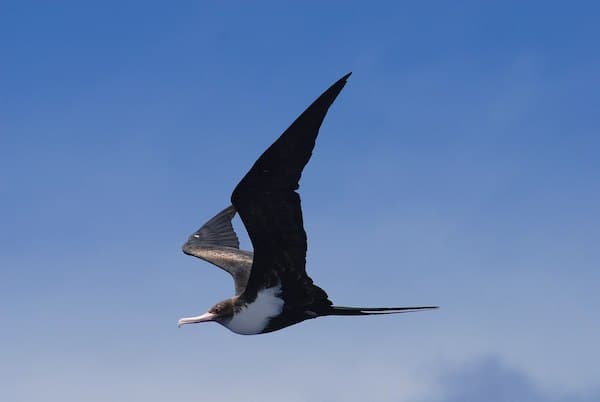
- Scientific Name: Fregata minor palmerstoni
- Pronounced: “ih’-wah”
- In English: Great Frigatebird
‘Iwa is the Hawaiian name for the great frigatebird, a large seabird with a pantropical distribution. It has a slim body, a long forked tail, a hooked bill, and barely functional legs and feet. They’re skilled aerial fliers, and you may see them constantly harassing other seabirds in order to steal their prey.
The largest colonies of the ‘iwa can be found on Laysan and Nihoa, but they breed all across the Northwestern Hawaiian Islands.




